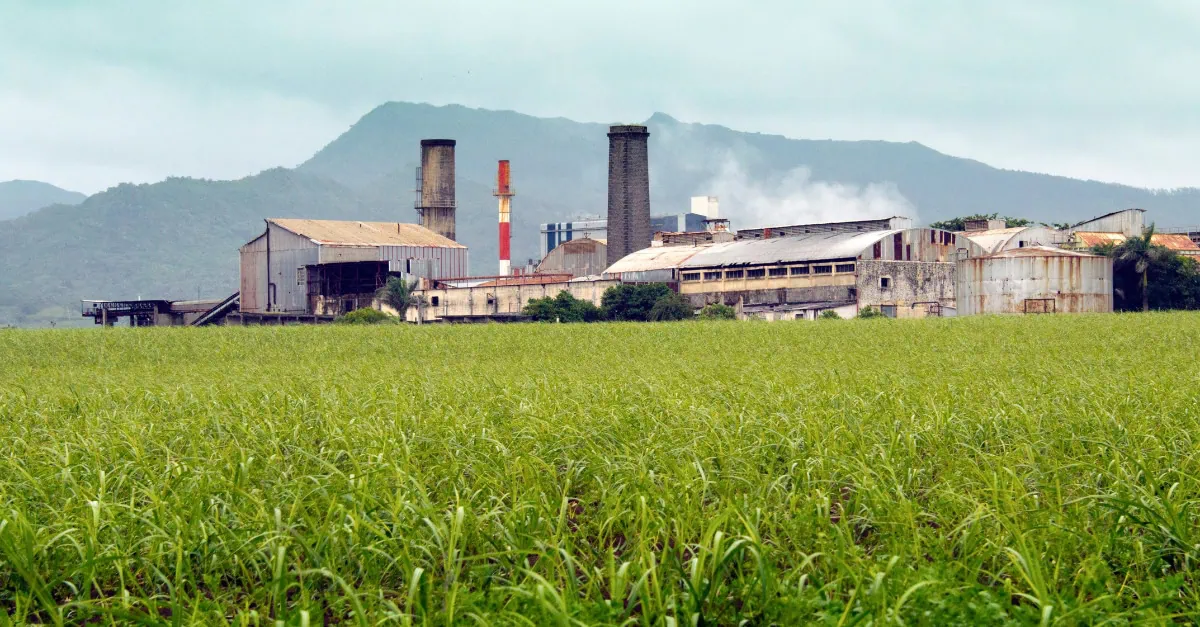Raw sugar futures recovered in late September after testing critical support levels, with the market climbing back as short position management ahead of contract expiration and backwardation between delivery months encouraged fund repositioning.
NY sugar bounces back on market dynamics
The Sugar No. 11 (Raw) price increased to $16.1/lb on September 30, 2025, while the Sugar No. 5 (White) price increased to $468/mt. The rebound also reflects emerging signals that Brazilian mills may pivot toward ethanol production in the coming weeks.
The recovery follows intense pricing activity from Brazilian producers who delayed sales, hoping for better levels, though actual Center-South crushing performance continues exceeding earlier pessimistic forecasts that had anticipated volumes dropping toward 570-580 MMT.
The key question centers on whether current backwardation patterns supporting short rollovers will persist, potentially prompting fund strategy reassessments in a fundamentally balanced global market.
European sugar markets face downward pressure from strong yields
This week’s West-EU Vesper Price Index (October 1, 2025) is at €560/mt DAP, with South-EU at €605/mt DAP and East-EU at €535/mt DAP. The Germany VPI for sugar is at €565/mt DAP, the Netherlands VPI sugar price is at €565/mt DAP, Poland’s VPI sugar price is at €535/mt DAP, and Spain’s VPI sugar price is at €600/mt DAP.
Processing operations have commenced ahead of schedule with extended campaign durations anticipated (130-140 days in France, 136 days in the Netherlands) as factories maximize utilization while market-linked contracts provide supply flexibility amid discussions of potential 26/27 acreage reductions.
Early campaign metrics show strong performance: the Netherlands achieving 15.1 tonnes/hectare sugar yields with 17.6% sucrose content; France’s Crystal Union reporting 85 tonnes/hectare against the national forecast of 80 tonnes/hectare; Germany projecting 82.6 tonnes/hectare versus the five-year average of 78.3 tonnes/hectare.
Production forecasts show Germany at 4.4 MMT, France at approximately 4.4 MMT, and the Netherlands at 1.1 MMT, with outcomes dependent on sustained favorable weather through campaign completion.
Surplus producers are redirecting volumes to internal deficit markets, with Italian prices weakening as they absorb excess supply, while UK export potential remains constrained as British refiners access discounted world market raw sugar directly.
EU-Mercosur trade agreement advances with new quota allocations
The EU-Mercosur trade agreement advanced for ratification in early September, maintains Brazil’s existing 353,219 tonne CXL quota while adding 180,000 tonnes annually at zero duty, and establishes a new 10,000 tonne duty-free quota for Paraguay, with the Commission proposing split ratification to enable qualified majority approval despite resistance from French stakeholders and European industry organizations.
EU markets face continued downward pressure as strong production conditions offset area cuts, with yields proving more resilient than expected. Global surplus projections and weak world prices cap import parity levels, while extended campaigns ensure ample supply through the coming months.
Brazilian fundamentals present mixed signals
The Crystal Sugar (BR, Partner Price, FOB Brazil) (September 30, 2025) is at 464 USD/MT. The Refined Sugar (BR, Partner Price, FOB Brazil) (September 29, 2025) is at 439 USD/MT. The Raw Sugar (BR, Partner Price, FOB Santos) (September 30, 2025) is at 359 USD/MT.
Center-South mills have shifted production strategy dramatically toward sugar despite processing less cane, with sugar allocation jumping to 52.8% from 49.1% last season, resulting in ethanol output falling 10% while sugar production declines only marginally, reflecting mills’ response to relative profitability between the two products.
August hydrous ethanol consumption declined 5.0% year-over-year to 1.6 billion liters, bringing year-to-date volumes to 13.9 billion liters (-2.4%), while gasoline consumption increased 1.3% year-over-year to 3.8 billion liters in August, with the flex-fuel fleet’s hydrous ethanol usage dropping to 27.3% from 29.0% in the prior year.
Mill-managed sugar inventories reached 10.9 MMT as of August 31, up 6.0% year-over-year but remaining 1.4% below the five-year average despite accelerated milling operations and higher sugar mix allocation since late July, with a slower export pace contributing to elevated stock levels.
September shipments are closing weaker with 2.9 MMT exported in the first 20 working days, marking a 21% decline compared to the equivalent period in 2024.
Weather patterns shift across Center-South Brazil
Weather patterns shifted significantly on September 21-22 as a cold front brought widespread rainfall across CS Brazil following extended dry conditions, with volumes ranging from 20-40mm in Paraná, southern Mato Grosso do Sul, Piracicaba and Ribeirão Preto regions, and 10-20mm in previously drought-stricken Minas Gerais and southern Goiás, temporarily disrupting crushing operations while restoring crucial soil moisture for cane sprouting.
Brazilian fundamentals present mixed signals, with inventory levels elevated above historical norms despite strong export activity earlier in the season. The recent rainfall disruption to crushing operations may slow near-term production momentum, though improved soil conditions support better ratoon development for future crops. Ethanol consumption weakness continues to pressure the domestic market, potentially keeping more sugar available for export markets in the coming weeks.
For the full market analysis including regional price forecasts, visit: https://app.vespertool.com/market-analysis/2323?commodity=sugar
